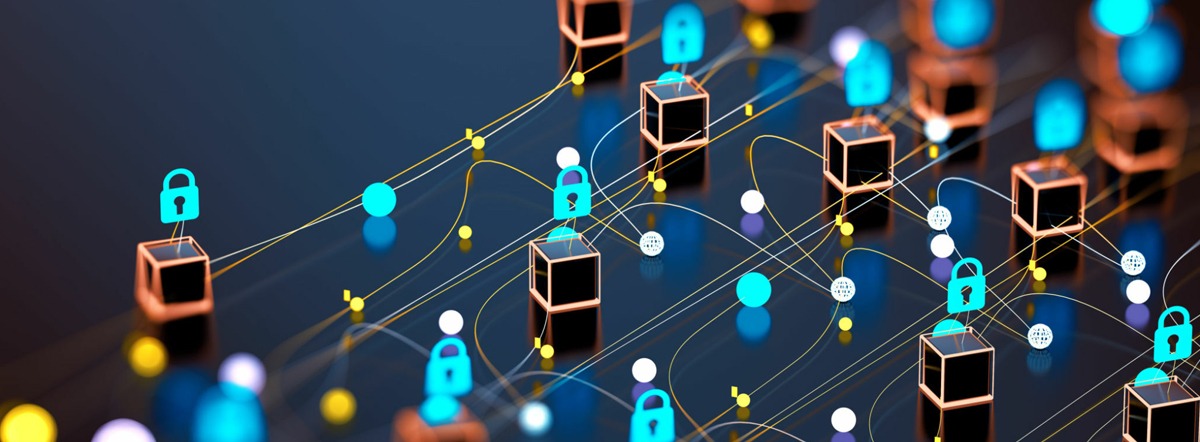HOME | ABOUT US
HOME | ABOUT US

In an era where cyber threats have become increasingly pervasive and sophisticated, the need for a robust understanding of cybersecurity has never been more critical.
At GBB, we believe that sharing knowledge and experience is key to building a safer digital world. In this blog, we’ll be sharing our real-world experiences and learnings from the trenches of cybersecurity incidents & implementations.
Our goal is to provide valuable insights and practical tips that can help you enhance your cybersecurity posture and stay ahead of potential threats. One of the key learnings we aim to emphasize is the fact that in most cases, adversaries were present within the client’s network for extended periods, sometimes months, before launching the actual attack. Understanding this dwell time is crucial for developing proactive security measures and threat detection capabilities.
Here is the list of crucial learning/s along with “must implement” steps or solutions to safeguard from incidents.
It’s time to take proactive steps to safeguard your digital assets, join us in our mission to strengthen your cybersecurity and stay ahead of potential threats. Reach out to us to explore tailored solutions and expert guidance.
Together, we can build a more secure digital future….
HOME | ABOUT US

Imagine launching a safe attack on your own security infrastructure, uncovering gaps and vulnerabilities before others do. Challenge yourself first. Dive deep to spot misconfigurations, insecure policies, and potential weak points.
No!!!! This isn’t a concept of the distant future; it’s very much alive & kicking in the form of Breach & Attack Simulation (BAS)…..
Breach & Attack Simulation (BAS) simply replicates the tactics, techniques, and procedures of real-world attackers, offering you a mirror to your defenses. By simulating these cyberattacks on your network, systems, and applications
BAS doesn’t just highlight potential vulnerabilities—it empowers you to shape a robust and effective defense. It systematically emulates malicious activities, simulating a spectrum of threat actor behavior across the cyber kill chain to assess an organization’s security posture and resilience against cyber threats.
It also plays a pivotal role in continuous security validation, enabling organizations to gauge the efficacy of their defense mechanisms, including detection, prevention, and response capabilities, in a controlled environment. Here’s a breakdown of how Breach & Attack Simulation (BAS) functions in straightforward steps for a better understanding:
How does BAS intersect with the MITRE ATT&CK framework?
The MITRE ATT&CK framework is like a detailed playbook that describes the various tactics, techniques, and procedures (TTPs) that adversaries use to breach and move within networks. Think of it as a comprehensive list of “moves” that cyber attackers might use in their “game” against defenders.
BAS, on the other hand, is like a practice session or a scrimmage for defenders. It simulates real-world cyberattacks on an organization’s network to see how well the defenses hold up.
Now, how do they intersect?
BAS tools often use the TTPs listed in the MITRE ATT&CK framework as a reference to create their simulations. In other words, when BAS runs a simulated attack, it often mimics the exact techniques that real-world attackers use, as detailed in the ATT&CK framework. This ensures that the simulations are as realistic and relevant as possible.
So, in short: The MITRE ATT&CK framework provides the “moves” or techniques that attackers use, and BAS tests how well an organization can defend against those specific moves.
Why is BAS gaining momentum, and how is its evolution shaping the cybersecurity landscape?
Initially, BAS was seen as a complement to VAPT, offering automated and continuous simulations as an added layer of defense. However, with its increasing sophistication, it’s now being integrated into the larger cybersecurity strategy of many organizations.
Modern BAS platforms are leveraging artificial intelligence and machine learning to enhance their simulations, making them more adaptive to the changing threat environment. Moreover, there’s a growing trend of integrating BAS insights with other security solutions, creating a cohesive and holistic cybersecurity ecosystem. Here are a few highlights for a better understanding.
In essence, as cyber threats grow more advanced and pervasive. Only by continually simulating, testing, and refining can we truly gauge the strength of our cyber defenses.
It’s not just about identifying vulnerabilities; it’s about cultivating a culture of proactive defense and continuous improvement.
Ready to embark on this journey of fortified cybersecurity?
Let’s pave the path to a safer digital future together.
Reach out to us, and let’s make your organization unyielding against cyber threats.
HOME | ABOUT US

Want to know how our solutions can help your business?